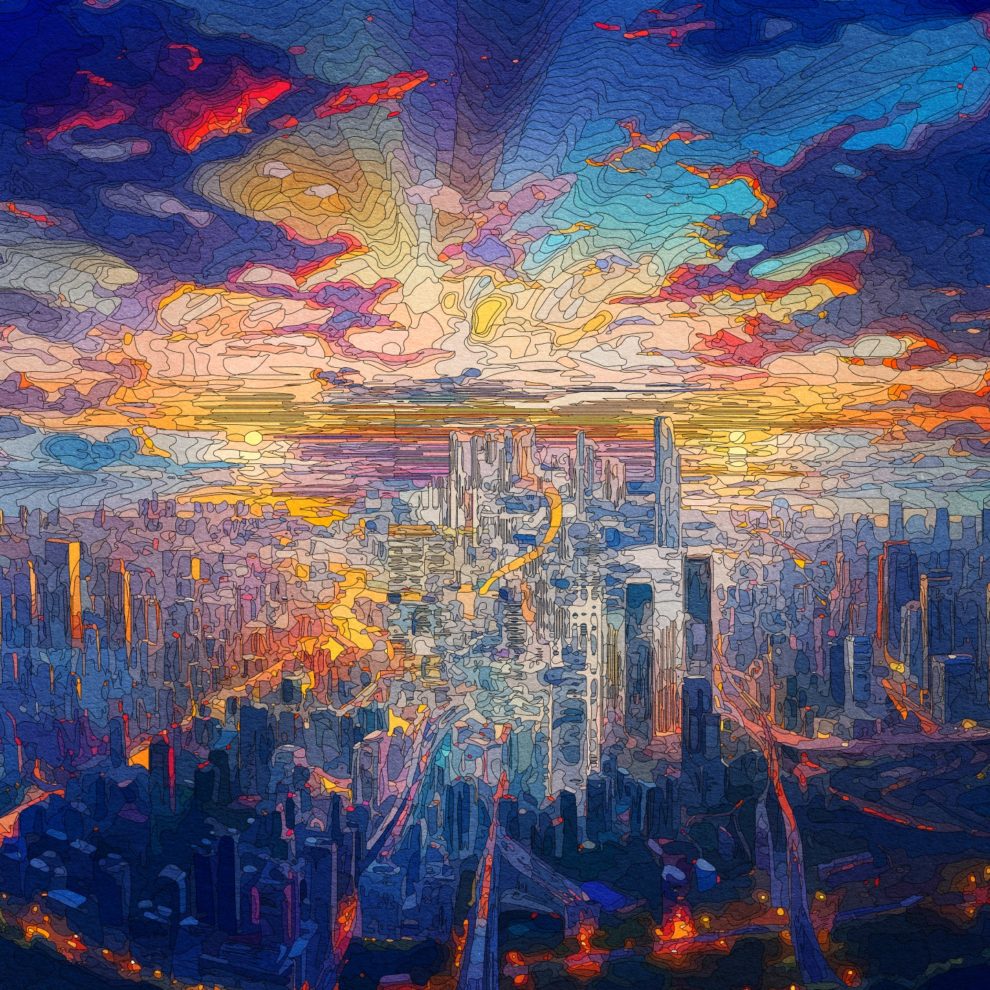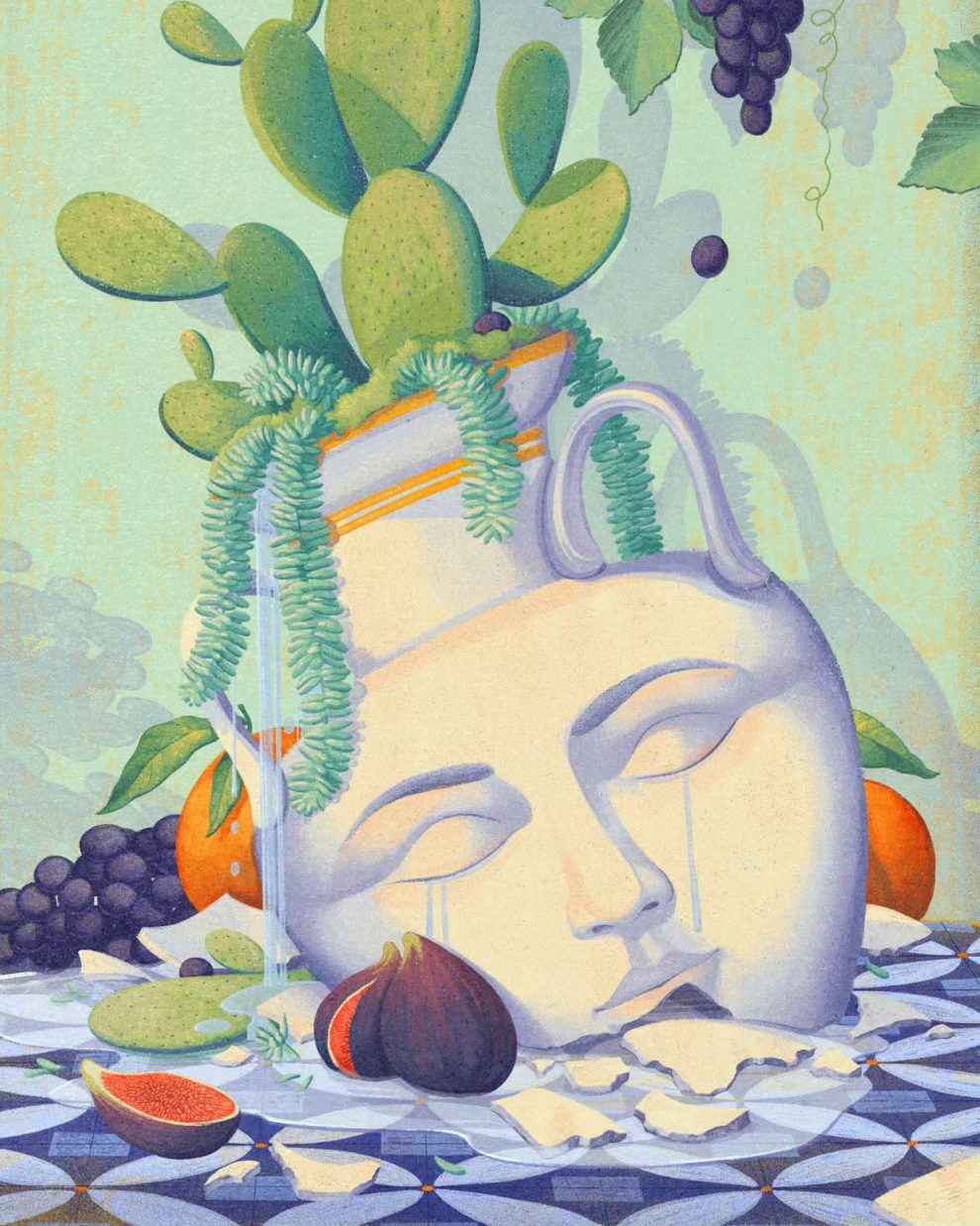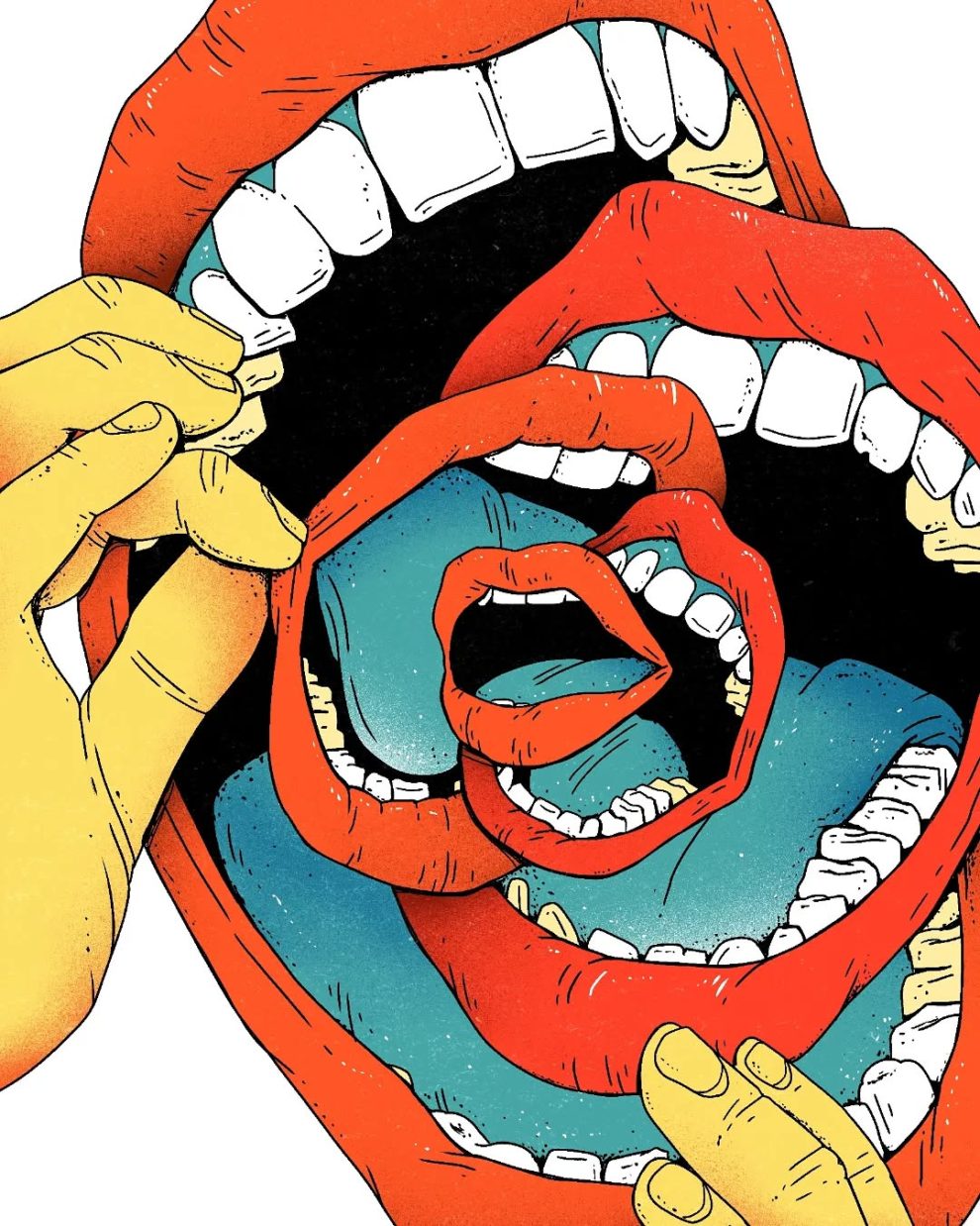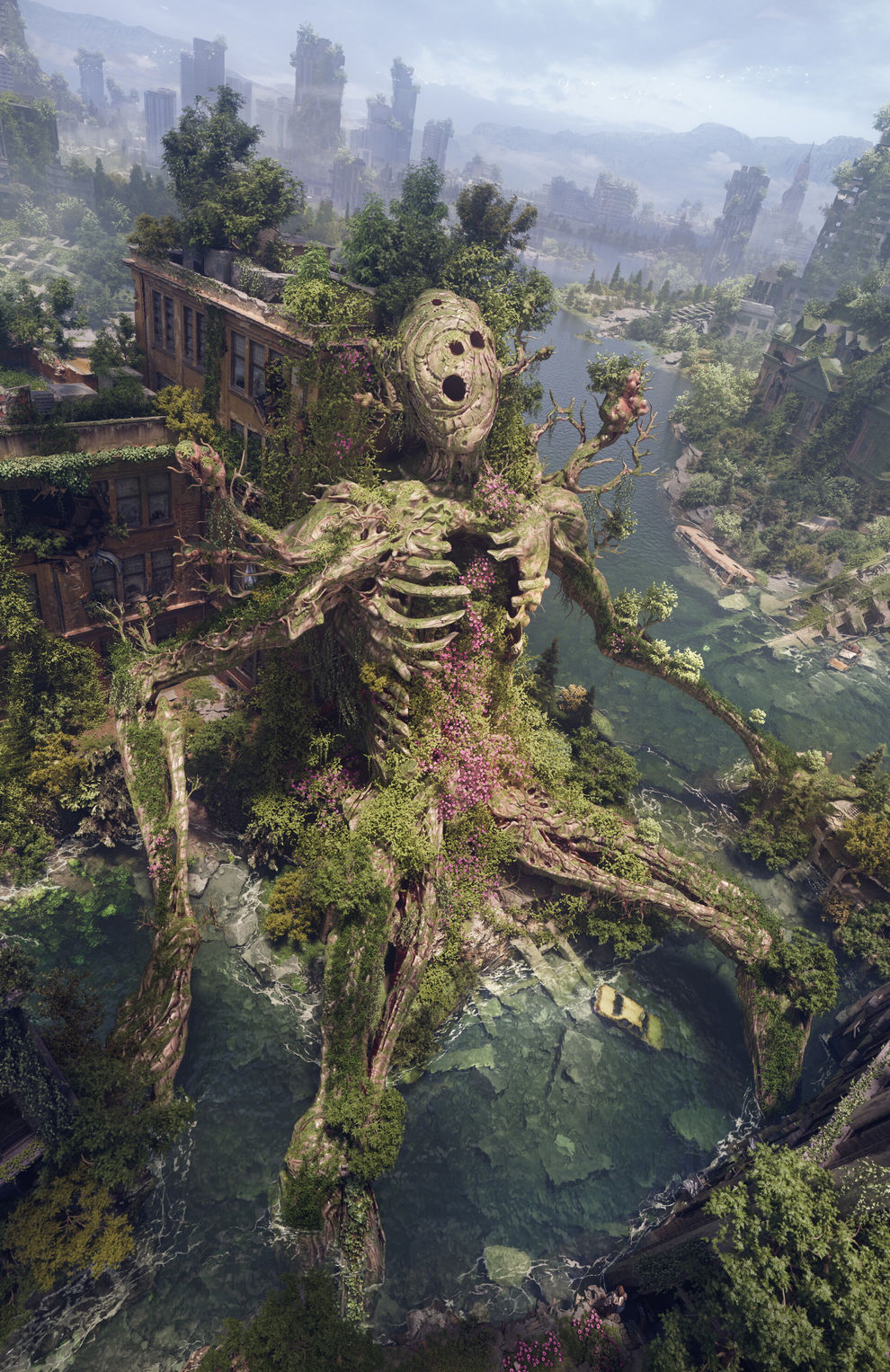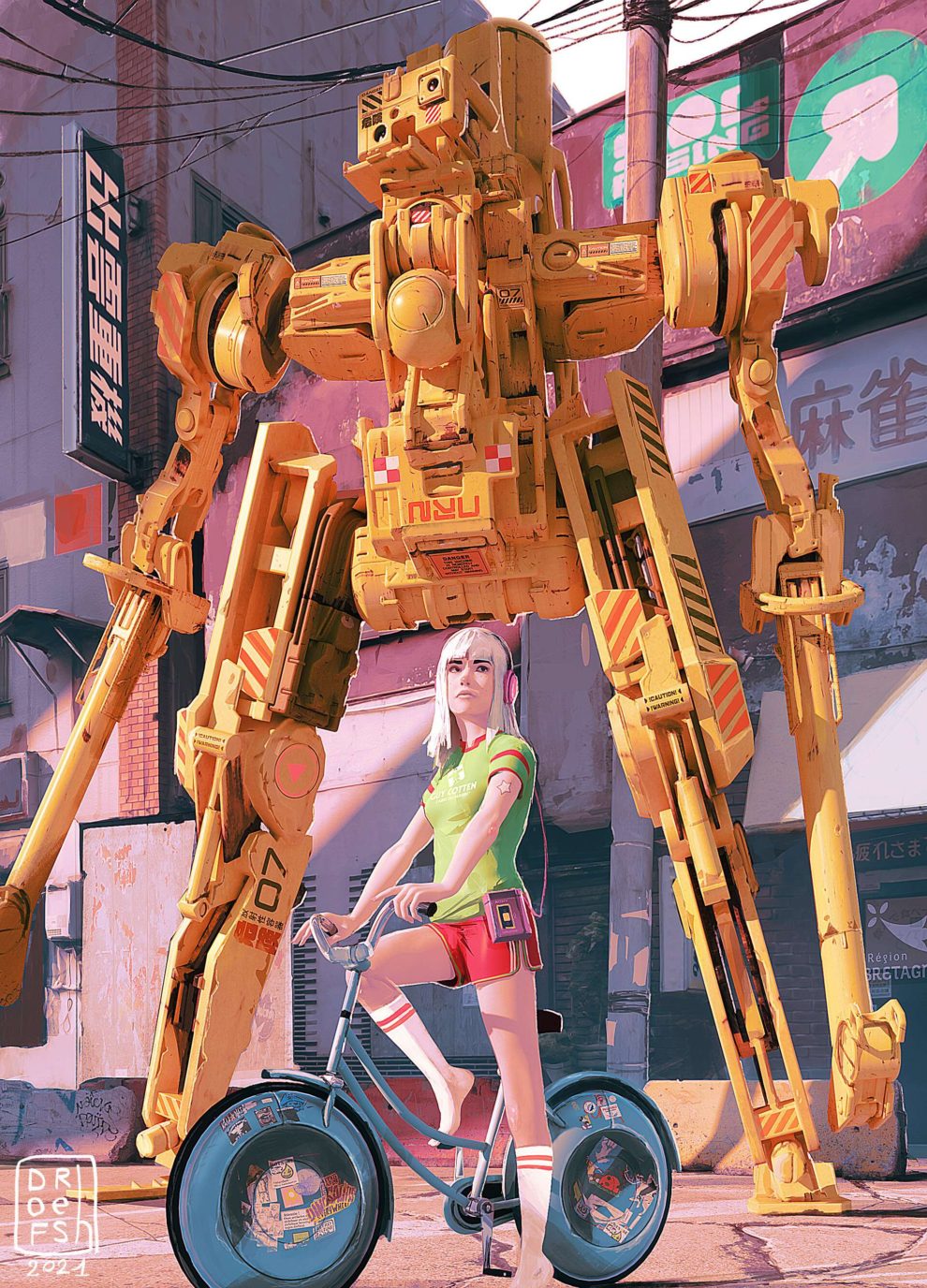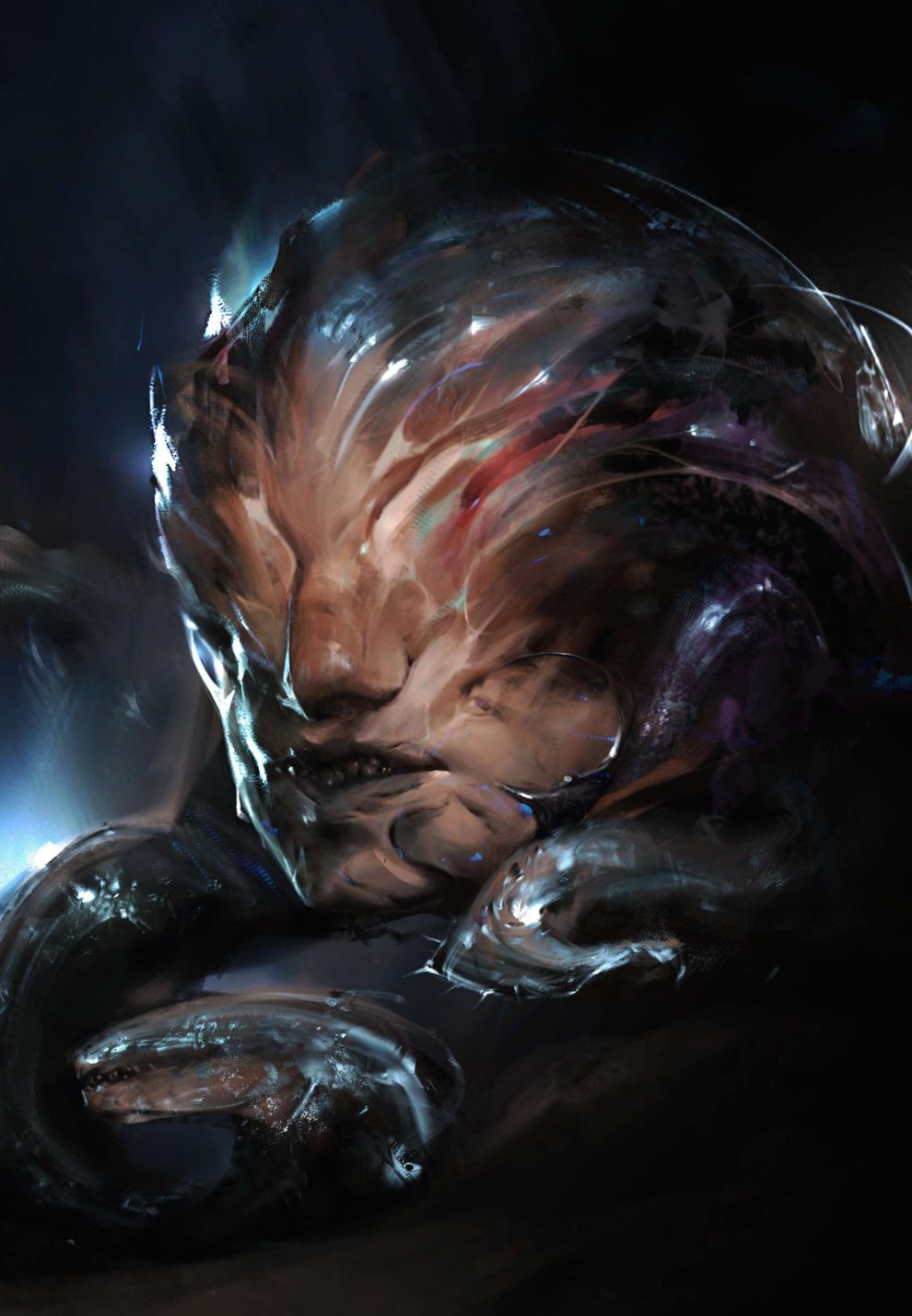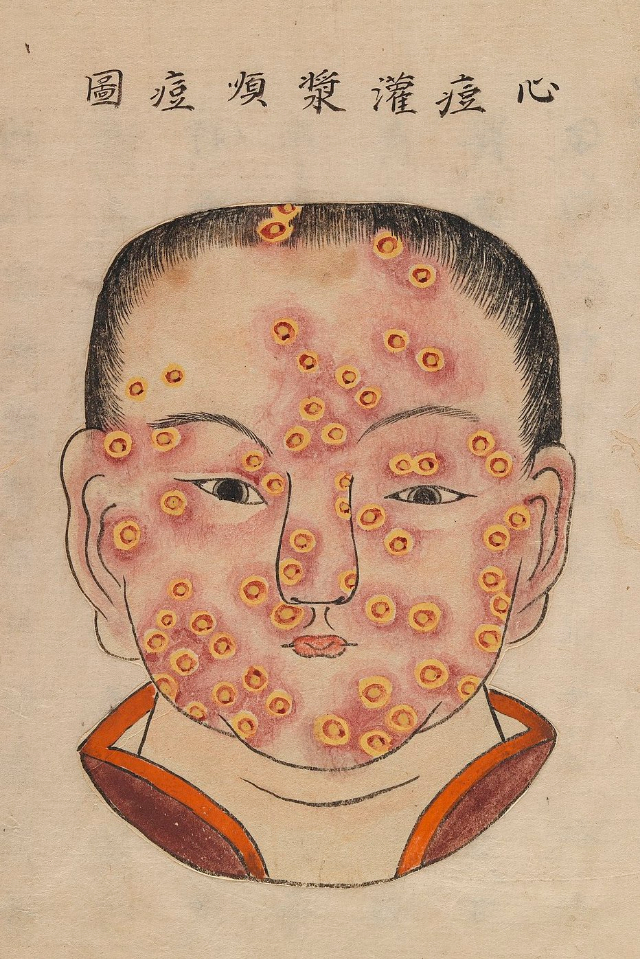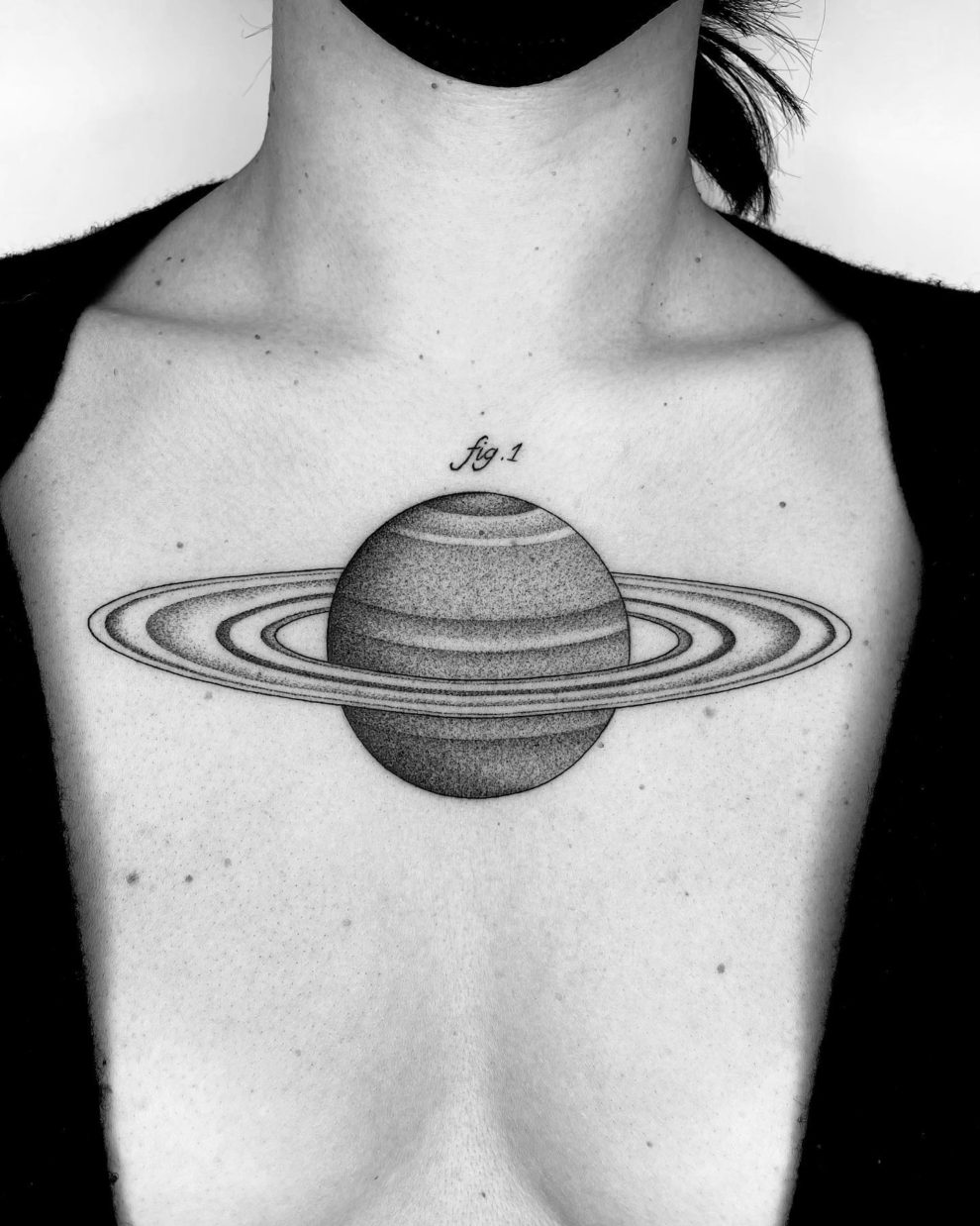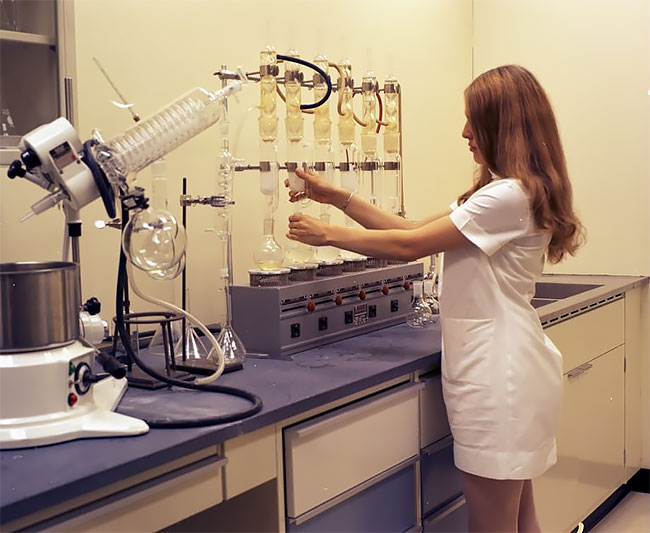The Intersection Of Precision And Chaos: Stunning Conteporary Abstract Works Of EKO33
EKO33 is the artistic pseudonym of Jean-Jacques Duclaux, a French generative art pioneer with roots in computer science. Continue reading »
Get Lost in the Dreamlike Worlds of an Artist Who Pours Heart and Warmth Into Every Surreal Creation
Myriam Wares brings together natural science, technology, mythology, and modern social themes through her distinct surrealist style. Continue reading »
Stunning Editorial Illustrations by Koen De Gussem
Belgian illustrator Koen De Gussem creates bold and dynamic artworks that feel slightly off-kilter, blending striking lines, vivid colors, and unsettling yet captivating narratives. Continue reading »
The Superb Character Concept Artworks of JIN LH
JIN LH is a Chinese concept artist and digital illustrator renowned for his exceptional work in the game industry. His portfolio showcases a diverse range of science fiction and fantasy-themed creations, reflecting a profound understanding of these genres. Continue reading »
Maintenance: The Epic Sci-Fi Concept Artworks by DOFRESH
DOFRESH, a French freelance concept artist and illustrator from Douarnenez, specializes in science fiction themes, contributing to video games, book covers, television, and cinema. His impressive client list includes industry giants like Ubisoft, Framestore, Walt Disney Pictures, and Universal Pictures. Continue reading »
Undead Nation: Superb Digital Concept Art and Illustrations by Sangmin Choi
Sangmin Choi is a freelance concept designer and digital artist based in Seoul, South Korea. His portfolio showcases a range of science fiction and fantasy-themed creations, reflecting his expertise in these genres. Choi’s work is characterized by intricate designs and imaginative concepts, contributing to his recognition in the digital art community. Continue reading »
Amazing Dystopian and Post-Apocalyptic Concept Artworks by Sergey Vasnev
Sergey Vasnev is a freelance concept artist and digital illustrator based in Minsk, Belarus. He specializes in environment concept art, creating detailed and atmospheric scenes that often explore science fiction and post-apocalyptic themes. Continue reading »
The Superb Horror and Fantasy Artworks of Vladimir Matyukhin
Vladimir Matyukhin is a Russian digital artist known for his digital matte painting and concept art, particularly in the fields of horror, science fiction and fantasy. Continue reading »
Bizarre Smallpox Illustration from The Japanese Manuscript, ca. 1720
This captivating watercolor illustration is a page from “Toshin seiyo” (The Essentials of Smallpox), a two-volume Japanese manuscript on smallpox. Continue reading »
The Top 12 Entries for the Australian Institute for Bioengineering and Nanotechnology Image Contest 2022
Lab-grown spinal cords and glowing fish larvae are among the incredible images from the researchers at the Australian Institute for Bioengineering and Nanotechnology at Queensland University, as they celebrate national science week with an annual competition to find the best pictures taken under the microscope.

Hippocampal neurons play a critical role in memory formation. Here, the neurons have been highlighted with monomeric and polymerized actin and green fluorescence protein. Photograph: Belal Shohayeb Continue reading »
The Art of Science: Olympus Image of The Year Award Announce Its Winners for 2021
Olympus Image of the Year Award 2021 has announced the winners of its annual photography competition that recognizes the best worldwide talent in life science photos taken with a microscope.
The global winning image was taken by Jan Martinek (Czech Republic).

Arabidopsis thaliana flower with pollen tubes growing through the pistil. The flower tissues were chemically cleared to become transparent, while the pollen tubes were stained with aniline blue (yellow fluorescence) in order to be seen. Continue reading »
Artist Creates Tattoos Inspired By Scientific And Strange Subjects
Italian artist Michele Volpi creates tattoos inspired by scientific and strange subjects. Michele takes inspiration from illustrations of vintage science books to create unique monochromatic tattoos. Continue reading »
Gorgeous Illustrations From Prentzinger’s Celestial Atlas,1851
Astronomischen Bilderatlas von Ludwig Prentzinger (English: Prentzinger’s Atlas of Astronomy) was printed and published by William Nitzschke around 1851. The celestial atlas features 12 plates, five of which are perforated and backed with translucent coloured paper to allow planets, moon and more to be illuminated from behind. Continue reading »
Art in A Petri Dish: The Agar Art Awards 2020
Scientists from around the world submitted art grown in petri dishes for the American Society of Microbiology’s annual contest, which has announced the winners. Restricted access to labs broadened the remit, with traditional art on the beauty of microbes accepted for the first time.

First place in the traditional general category was awarded to The Gardener by Joanne Dungo, from Northridge Hospital Medical Center in Northridge, California. Continue reading »
Honest Photo Facts That Will Help You Understand The Size Of The Earth A Little Better
So you forgot your umbrella at home and got absolutely soaked on your way to the bus stop – it seems like your day can’t get any worse, right? And while we can’t offer you a dry shirt and a pair of pants, we can offer you something that will help you take your mind off of your misery. Continue reading »
The Royal Photographic Society’s 2019 Science Photographer Of The Year Shortlist
The shortlist for the Royal Photographic Society’s science photographer of the year competition will be exhibited at the Science Museum in London from 7 October until 5 January.
Mapping Oxygen by Yasmin Crawford, her final major project for an MA in photography at Falmouth University, which focused on examining the research behind myalgic encephalomyelitis. Through exploration of perspective, complexities and scientific multidisciplinary collaborations, Crawford says she creates imagery that explains, reveals and connects us consciously to the ambiguous and unknown. (Photo by Yasmin Crawford/2019 Science Photographer of the Year/RPS) Continue reading »
Technicians At The Government Of Alberta Dairy And Food Canada Laboratory In 1970s
Technicians at the Government of Alberta Dairy and Food Canada Laboratory help entrepreneurs develop their products. We don’t know the names of the lab-coated ‘boffins’ in these portraits from June 1970. We’d like to. Is that you. What were you doing and why? Continue reading »
21 Historical Photos That Prove The World Has Changed Dramatically
School dance in the 1950s

Meunderwears / reddit
Just imagine how fast our world is changing! Even 50 years ago life was very different. Online banking and portable computers didn’t exist, and fashion didn’t change that fast. Maybe that’s why nowadays it is so interesting to see vintage photos. They always seem to put that nostalgic, cute smile on our faces. Continue reading »
“What If Orthodox Priests Became Cosmonauts?”: Artist Unites Two Russian Pillars In His Paintings
Russian digital painter Vladimir Malakhovsky has created a series of bold canvases. He’s combined two subjects, both of which are very important in Russia: Space exploration vs the Orthodox church. Continue reading »
UK Royal Society Publishing Photography Competition 2018 Winners

Overall winner and astronomy winner: Three Diamonds in the Sky by Petr Horálek. When a solar eclipse started in November 2013 (on the left side of the image), there were two “diamond ring” solar flares, which was unusual. The magnitude of coverage from Pakwero, Uganda, was just 1.00259, which means the sun was only just covered and light could shine through two parts of the lunar limb. (Photo by Petr Horálek/Royal Society Publishing Photography Competition 2018) Continue reading »
The Merging Art & Science Of Daniel Martin Diaz
Daniel Martin Diaz is a fine artist based in Tucson, Arizona, characterised by his unique way of representing the mysteries of life merged with the realms of science. Immersed in scientific and philosophical concepts, Diaz has been mainly fascinated with scientific diagrams which explain theories and properties through the use of images. Continue reading »
“The Art And Science Of Ernst Haeckel”: A Compendium Of Colorfully Rendered 19th-Century Biological Illustrations
Discover Ernst Haeckel, the 19th-century artist-biologist who found beauty in even the most unlikely of creatures. This collection features 450 prints from his most important publications, including the majestic Kunstformen der Natur and his extensive catalogues of marine life. As biodiversity is ever-more threatened, these exquisite images are a scientific, artistic, and environmental masterwork. Continue reading »
Humanoid Robots at the National Museum of Emerging Science and Technology

Japanese android expert Hiroshi Ishiguro, left, talks with new talking robot Sota, right, Android robot Otonaroid, second left, and another talking robots CommU, center and second right, during a press event at the National Museum of Emerging Science and Innovation Miraikan in Tokyo Tuesday, January 20, 2015. Ishiguro, the scientist behind the new talking robot in Japan says people should stop expecting robots to understand them, and instead try to chime in with robotic conversations. Ishiguro’s 28-centimer (11-inch) tall button-eyed Sota, which stands for “social talker”, is programmed to mainly talk with a fellow robot, and won’t be trying too hard to understand human speech – the major, and often frustrating, drawback of companion robots. (Photo by Shizuo Kambayashi/AP Photo)
Continue reading »
Museum Uses Brilliant Ads To Get You Excited About Science
Science people have all the brains, even when it comes to a spot of advertising. Wanting to engage the public with science —in a way that was both thought-provoking and fun—Vancouver’s Science World teamed up with creative agency Rethink Canada to produce these very clever ads. No need to double check these quirky facts, they’re all scientifically verified, promise. Continue reading »

